Key Human Resources (HR) Pillars: Your 101 Guide
Analytics in HR
MARCH 25, 2024
Simply put, HR pillars are the main focus areas that form the building blocks of a company’s HR and people strategy. Let’s get back to basics and explain the fundamentals of HR, the main HR functions and foundations, and get an overview of the key pillars of HR to help you build an effective people strategy.

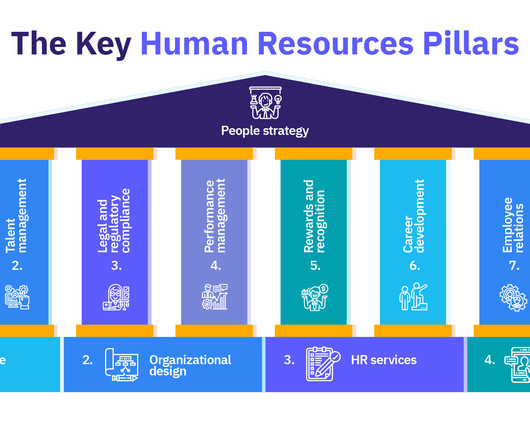

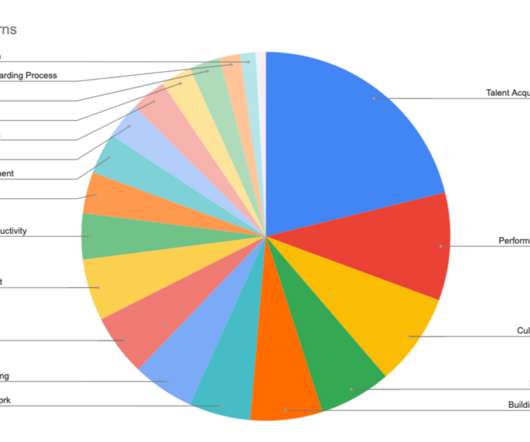



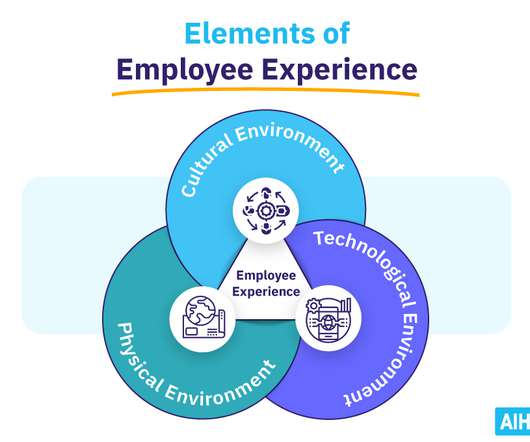


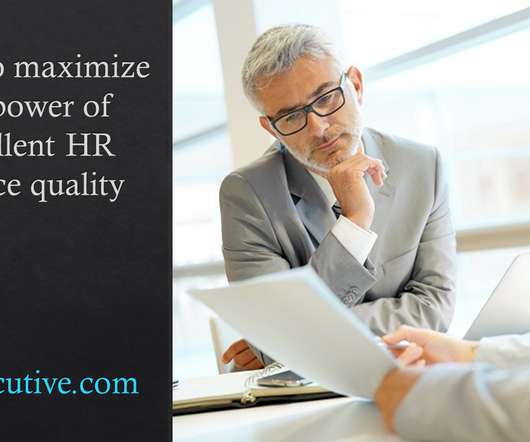

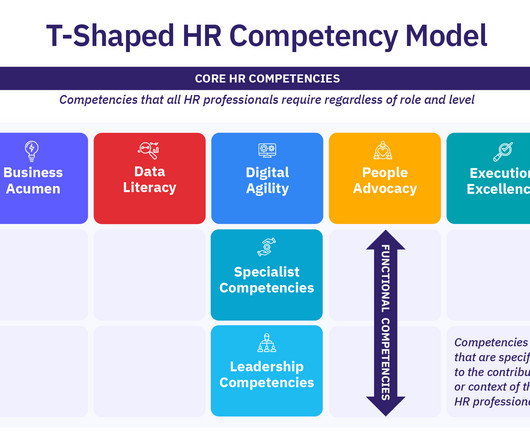
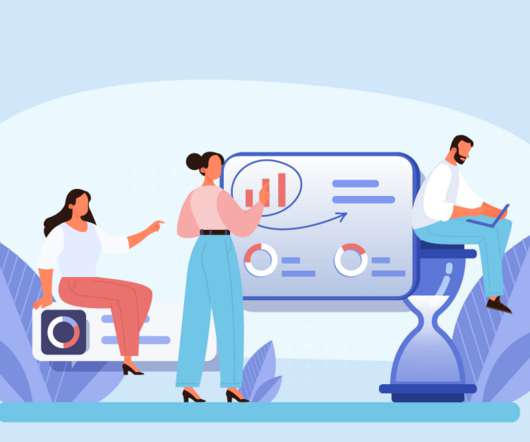












Let's personalize your content